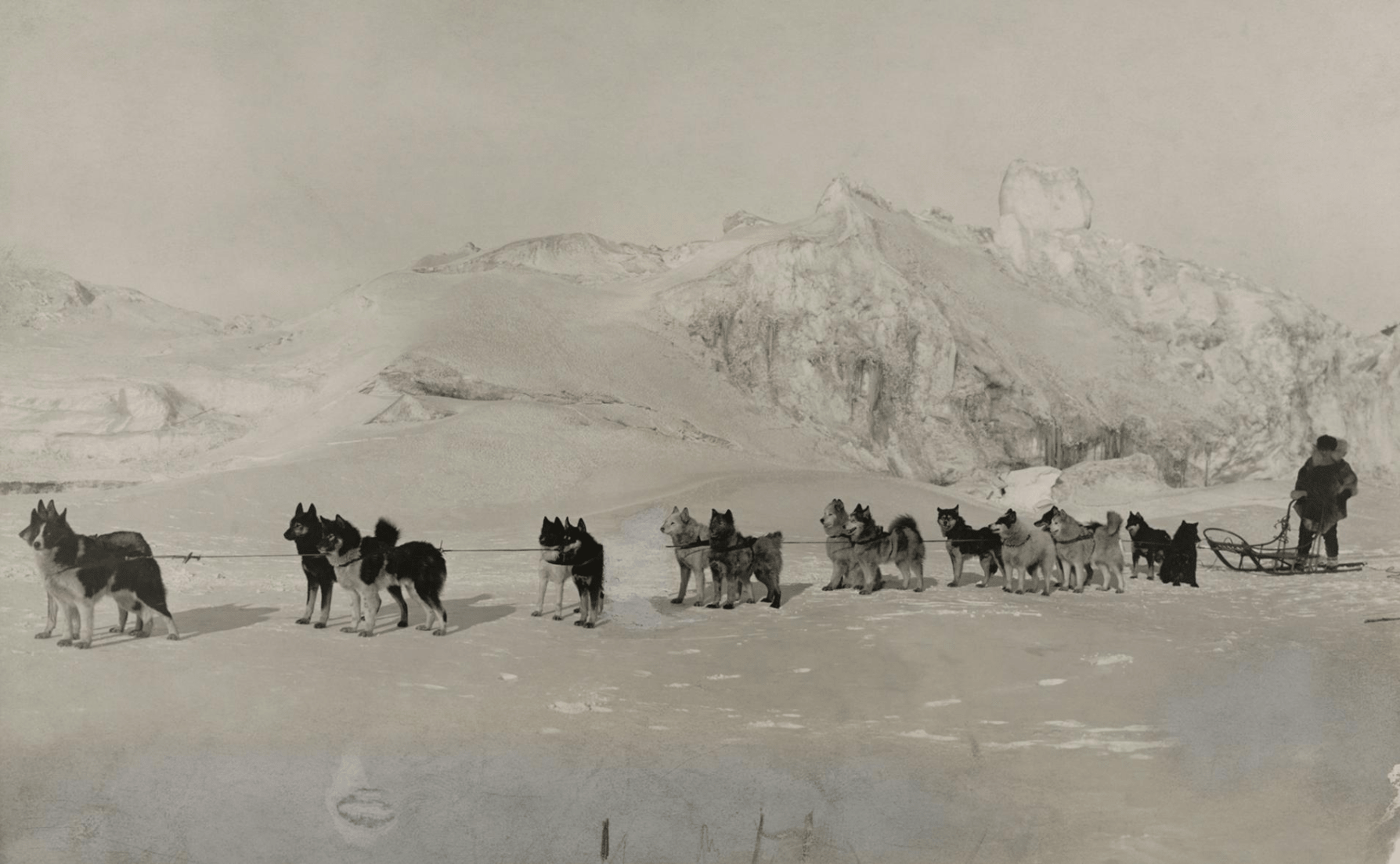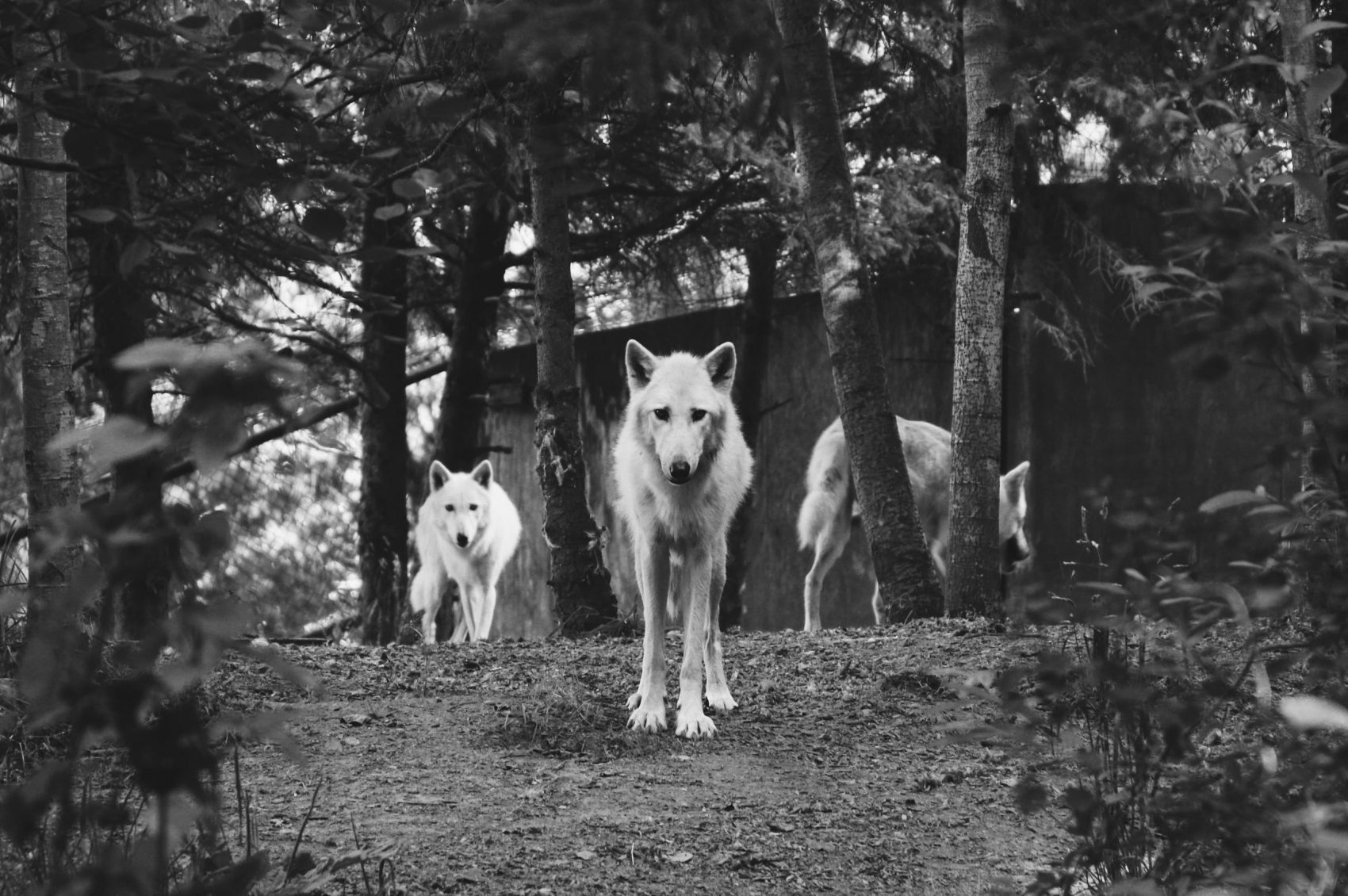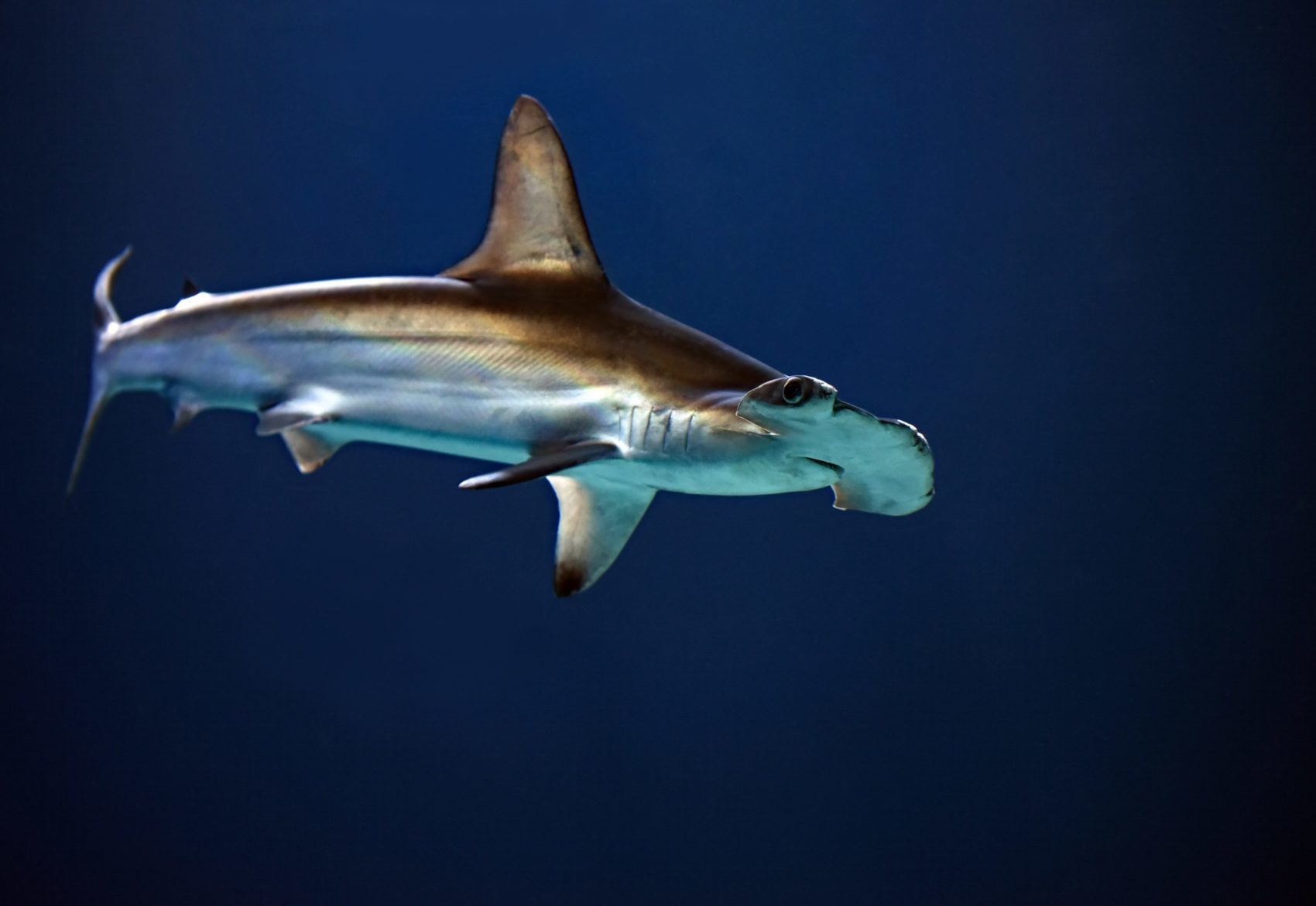
A new genetic study published in ScienceMag shows that ancestors of modern sled dogs have worked and lived with humans for over 9,500 years. Researchers from the Faculty of Health and Medical Sciences of the University of Copenhagen applied a genomic approach to investigate modern and ancient arctic dogs associating through archaeological evidence of sled technology and a 33,000-year-old Siberian Wolf.
The findings came from the generation of genomes from a 9,500-year-old dog found on Zhokhov Island located in the East Siberian Sea and a Siberian Pleistocene Wolf mandible unearthed at the Yana Paleolithic site about 62miles from the Laptev Sea Coast.
“We have extracted DNA from a 9,500-year-old dog from the Siberian island of Zhokhov, which the dog is named after. Based on that DNA we have sequenced the oldest complete dog genome to date, and the results show an extremely early diversification of dogs into types of sledge dogs,”
– Says one of the two first authors of the study, PhD student Mikkel Sinding, the Globe Institute.

Modern sled dogs are Arctic-adapted breeds like the Greenland dog, the Alaskan Malamute and the Husky, all sharing ancient Siberian roots. It represents a largely continuous genetic lineage that likely emerged as the glacial remnants of the last ice age subsided nearly 10,000 years ago. However, the relationships among the earliest sled dogs, other dog populations, and wolves are unknown.
The tradition of dog sledding is world-known and has been practiced by Arctic peoples for thousands of years. However, the Arctic is rapidly changing environmentally and culturally, threatening traditional dogsledding cultures with extinction.
Time has increased interbreeding between sled dogs and other non-Arctic dogs are putting the Arctic breeds at risk of disappearing as well. Despite being one of the most unique and culturally important groups of dogs, very little is known about the sled dog’s genetic origin and evolutionary past.
“Their history, evolution and bond to Arctic cultures is more than 9,500 years old. It would be such a shame to see this going extinct due to a lack of care and knowledge and I really hope our research makes a difference here.”
– Mikkel Sinding, co-founder of QIMMEQ.

Scientists used the ancient DNA extracted from a recovered mandible (lower jaw bone) to explore the earliest known example of the sled dog genome. As well, they also investigated their spatiotemporal emergence by sequencing the genomes of 10 modern Greenland sled dogs, a 9,500-years-old Siberian dog associated with archaeological evidence for sled technology, and a 33,000-year-old Siberian Wolf.
The team of scientists found a remarkable genetic similarity between the ancient dog and modern sled dogs. While all modern sled dogs are closely related and share common ancestors, other sled dog breeds have interbred significantly with Eurasian dog breeds. The results indicate that the major ancestry of modern sled dogs traces back to Siberia, where sled dog-specific haplotypes of genes that potentially relate to Arctic adaptation were established by 9500 years ago.
The researchers found no evidence of significant genetic mixing between any sled dog and American-Arctic wolves despite ethnographic accounts indicating that dog-wolf matings were common, at least “historically”. The surprising finding implies that ancient people actively avoided the propagation of wolf-dog hybrids in Greenland sled dog populations.
The study also demonstrated convergent genetic adaptations related to the unique living hazard of Arctic environments that sled dogs share with other Arctic animals such as mammoths and polar bears. Including one that allows modern sled dogs to remain healthy whilst consuming the fat-rich and starch-poor diets of their human companions.
“Pre-industrialization, I think that dogs were one of our most precious tools, in the Arctic especially, where long-distance transportation with speed and ability to transport heavy loads is priceless.”





